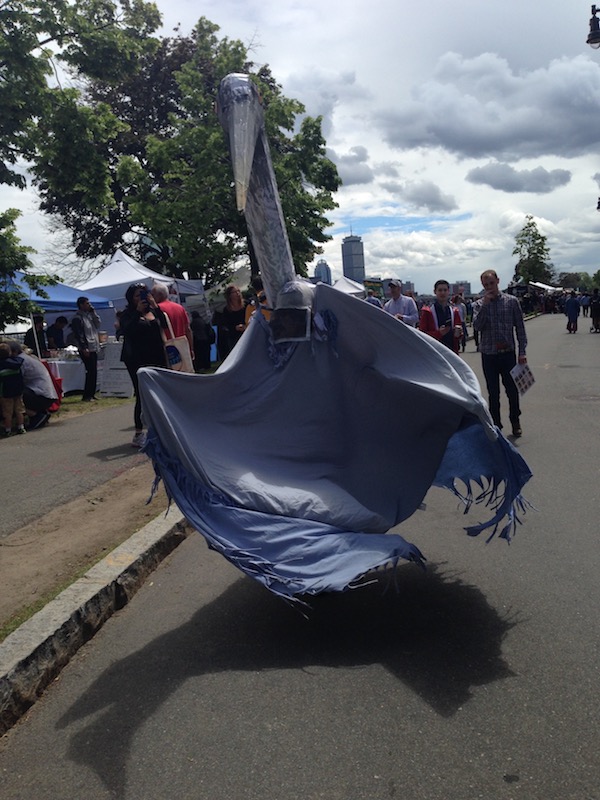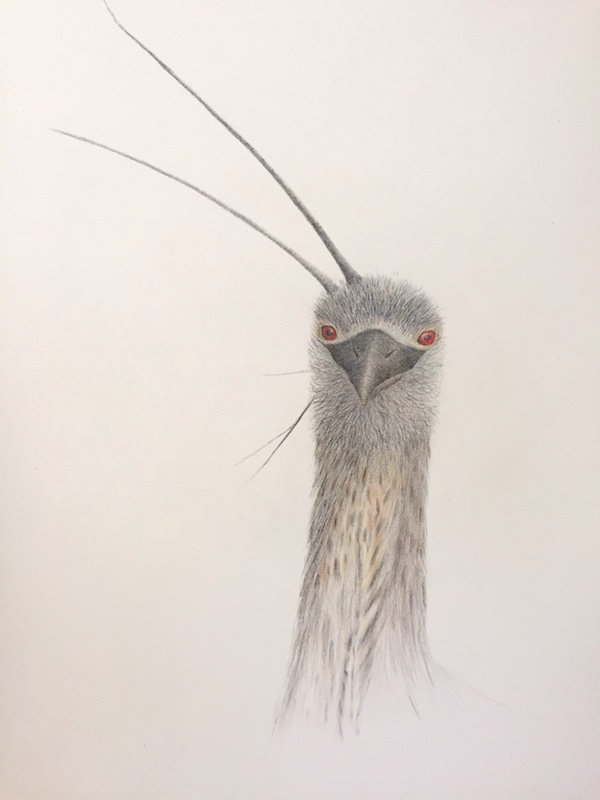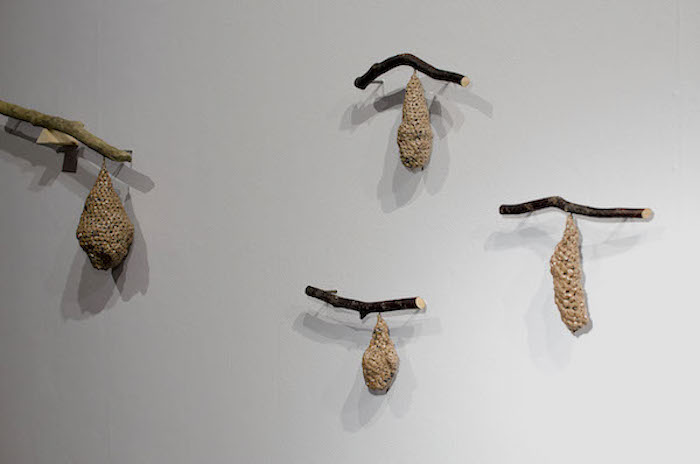
City Animals: Co-curators: Julie Croston Michelle Lougee
May 28 – June 14, 2019
Reception: Thursday, May 30, 6 – 8 pm
Gallery Series Workshop: Sunday, June 2, 1 – 3 pm
This show brings into focus the biodiversity of urban animals in Cambridge, Mass., and articulates the relationships we have with the wild animals that live within city boundaries.
City Animals has its roots in the Cambridge Wildlife Puppetry Project (CWPP), a community art project that launched in 2012. It began as an elementary school family parade marching group representing Fresh Pond Reservation’s wildlife species in the Honk! Parade. It has, over the past seven years, become a familiar presence that brings local biodiversity into the public eye through participatory arts experiences across our city. The CWPP represents the full range of wild species in Cambridge from the beetle to the owl, from the alewives in the Charles River to the Great Blue Heron that are seen at Black’s Nook near Fresh Pond. Through giant parade puppets, masks, costumes, hand puppets, finger puppets, and representations of our city’s species in a variety of other media, including as wildlife trading cards the CWPP creates a form of celebrity for the uncelebrated— urban wildlife. The CWPP, now under the umbrella of the nonprofit organization Green Cambridge, has provided opportunities to celebrate local flora and fauna to children and families in workshops at the Center for Families, the Pathways for Family Success Program, and the Tobin Community School. “City Animals” showcases the work of these community and youth artists, but also brings in the work of individual artists from Greater Boston.
City Animals asks residents to contemplate our urban wild animal species as well as their traces. What do we know, and feel, about wild animals in our cities? Why and when do we take notice of them? What do we make of their sharing of our habitat?
The human view of the animal world encompasses reverence, disdain, fright, humor, or playfulness. In the city, their existence is tenuous, ever-shifting, hidden. In some cases, more “flexible” species are in the process of replacing others. Cambridge has both sanctuary spaces for wildlife and like many cities, a history of controversy about animals as nuisances, or pests, or a source of danger. What do we require of wildlife? How do we paint them, contain them, celebrate them?
The co-curators, Michelle Lougee and Julie Croston, have both been involved directly with the Cambridge Wildlife Puppetry Project’s puppet-building and participatory art events for all ages, such as the Fly, Buzz, Honk! Festival (2016 & 2017) and Kids, Bugs, Art (2018).






